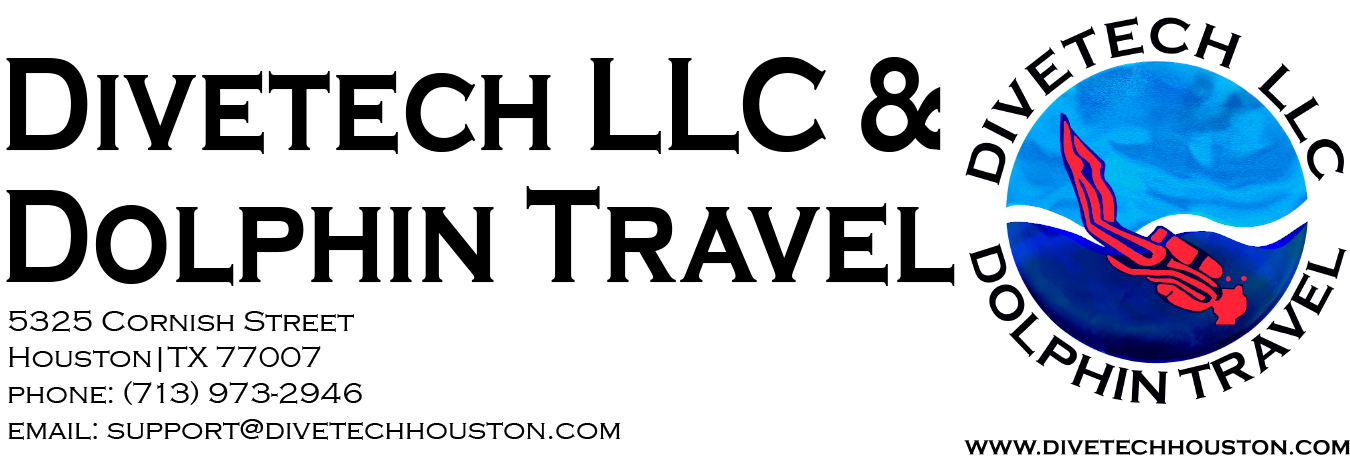Bonaire is the easternmost of the “ABC Islands” – Aruba, Bonaire, and Curacao. It’s by far the least known, least developed, and most unspoiled of the three, and many experienced divers and snorkelers regard it as the finest diving destination in the Caribbean. All the waters around the island are included in the Bonaire Marine Park, which protects the reefs and marine life from the high water mark down to a depth of 60 meters (200 feet) – so look, but don’t touch!
Bonaire is a diver’s paradise, with around 80 named dive sites. Water temperatures are warm, and visibility is commonly 100 feet or more – often up to 150 feet. The density and diversity of sea life is simply astounding – if you’re new to diving, you might want to visit other diving destinations first, because after you experience Bonaire, nothing else may measure up!
Let Dolphin Travel handle all the details, so you can just relax and enjoy.
Quick Facts:
Geography:
Bonaire is located about 50 miles off the north coast of Venezuela (that’s about 2100 miles from Houston). The island is shaped like a backwards “C”, stretching about 24 miles north to south, and 3 or 4 miles across in most places. The southern part of the island is flat and made up of coral and coral sand. In the north, the land becomes hilly, exposing 180 million year old volcanic rocks. The highest point on the island is Mount Brandaris, which is only 774 feet above sea level. A small island, Kleine Bonaire, is nestled in the arms of the “C”. Much of the island is covered with drought-resistant kibraacha and divi-divi trees, and there are dramatic cactus forests in the higher areas to the north.
Weather:
Bonaire is humid year-round, and daytime temperatures average around 82 degrees F. The island gets about 20 inches of rain per year, most of which falls from October through January. The water temperature averages 80 degrees, with an October high of 86, and a February low of 78 degrees. A gentle wind blows almost constantly out of the east, averaging about 15 miles per hour. Bonaire lies outside the ‘hurricane belt’, so weather is almost never a problem.
Language:
Being part of the Netherlands Antilles, the official language of Bonaire is Dutch. The language of the people is Papiamentu, which is a Creole based on Portuguese and various West African languages, plus a shot of Dutch, Spanish and English. Not to worry, though – English and Spanish are widely spoken, and you’ll have no trouble communicating.
Travel Tips – A few handy things to know:
Visitors from most western countries don’t require a visa for short stays, but you will need your passport.
The local currency is the N.A. Guilder, but U.S. dollars, traveler’s checks and all major credit cards are accepted everywhere.
Local drinking water is distilled from sea water, so it’s some of the purest in the world.
Most American appliances (like hair dryers and phone chargers) will work, though they may run a little slower.
Between Dives:
The best reason to visit Bonaire is the diving, but you can’t stay in the water all the time! Bonaire boasts many activities for the energetic and adventurous:
world-class windsurfing
sea kayaking
cycling
deep sea fishing
sailing
horseback riding
birdwatching
For details on these and other activities, click here.
And of course, there’s dining, dancing and shopping! All the resorts have great facilities, and it’s a short cab ride into the capital city of Kraalendijk, where you can visit the shops along Kaya Grande and the clubs and casinos along the waterfront. Visit Frommer’s for more details.
Neat Links:
Visit these sites to see more about Bonaire
Bonaire Web Cams – See what’s happening in Bonaire right now! Images update about once every four minutes
Bonaire Talk – Sample what people like you are saying about Bonaire
InfoBonaire – Multilingual site with local Bonaire information
Photo Galleries:
Bonaire Underwater
Jennifer O’Neal Underwater Photography
Honeymoon in Bonaire
Chris Thorpe’s Bonaire Gallery
